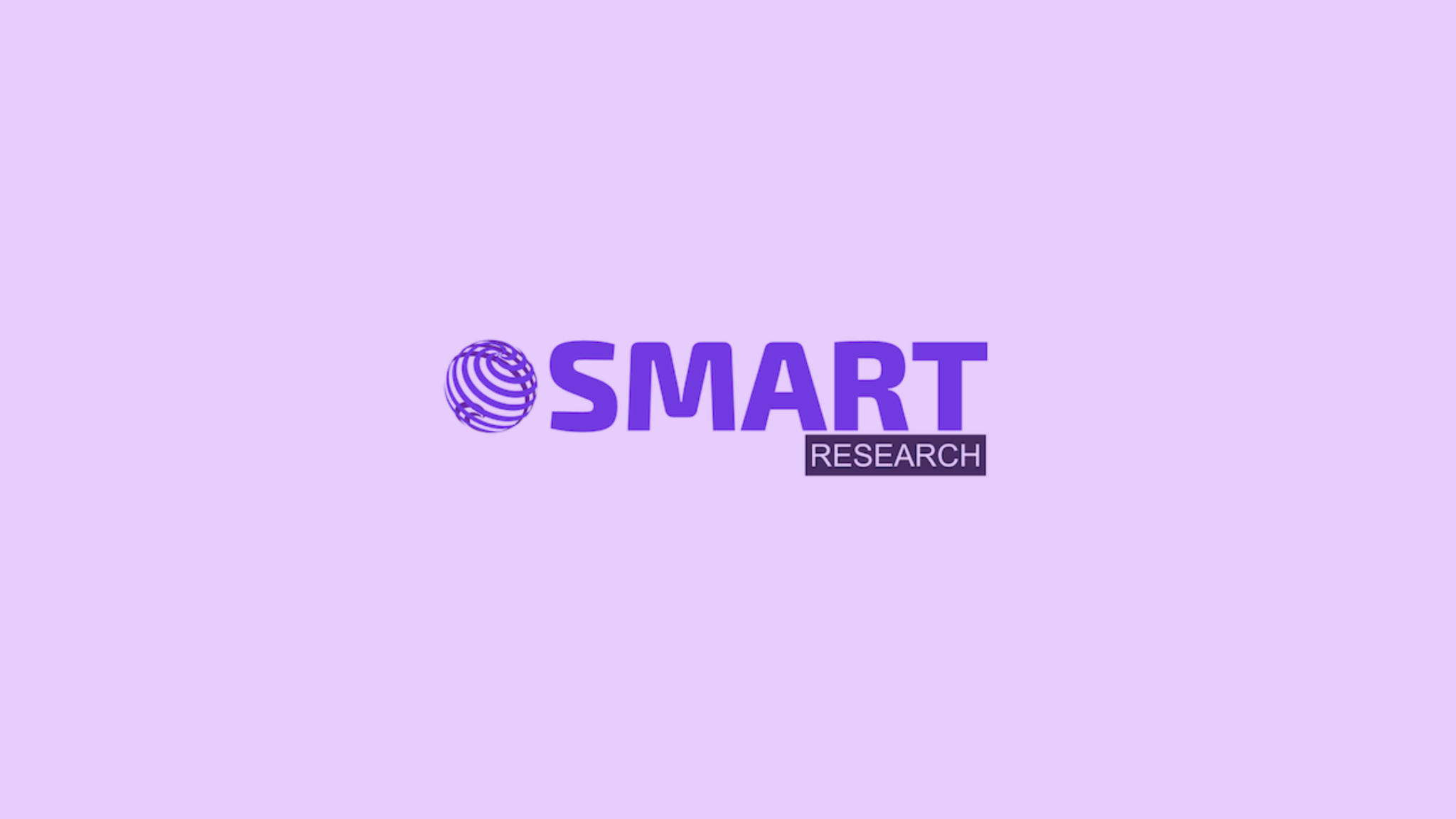3MF in Education – Meet Smart Research!
3D Printing (3DP) and Additive Manufacturing (AM) are gaining momentum, disrupting traditional manufacturing processes worldwide and capturing the attention of companies, individuals, and organizations that see the potential. And as we see more and more individuals enter the 3DP and Additive Manufacturing industry, we’re also noticing a more significant investment in education and training, which inspired our new blog series — 3MF in Education.
This blog series aims to showcase stories about institutions teaching 3MF in their curriculum and how they intend to educate the future generations of designers for 3DP and AM. In this post, we’d like to introduce recent 3MF Consortium members, Smart Research, with this insightful interview with their CEO, Santi Serrano.

Q&A
Tell us a little about your institution and your role.
My name is Santi Serrano, and I’m the CEO of Smart Research and the General Manager of Smart School.
Smart Research is part of the Smart School group, a leading Lleida, Spain-based training and education company that offers academic advising, test preparation, computer training, and custom curriculum writing with a 3D Lab and Testing Office based in Burgos Spain. We specialize in educational robotics, 3DP, virtual reality (VR), and artificial intelligence (AI) in education.
Our current focus is building a platform for online 3DP for worldwide access.
How do you incorporate 3DP and Additive Manufacturing into your curriculum?
Over the last few years, we have seen a “things” production shift from overseas to local. This shift is mainly due to the environmental impacts of transporting from the other side of the world, which opens up an opportunity for us to teach 3DP.
The impact of 3DP on the economy will occur quickly and help achieve the Sustainable Development Goals (SDGs). This impact opens the door for us to teach 3DP to individuals, companies, and industries online, in person, and blended, running courses for all level (elementary/intermediate/advanced) students. Today, our curriculum heavily focuses on security as concerns around the security of digital technologies, which encompass 3DP, are well-founded.
Security around data is no secret; it’s been a hot-button topic for the last few years. In 3DP, where we use digital files containing data on product specifications and how parts should be produced, unauthorized access can pose a big problem. Unauthorized access to such data can have severe implications for businesses, including theft or tampering of data, a crucial threat to the integrity of a company’s intellectual property.
With traditional manufacturing, security was entirely different. In conventional manufacturing, the theft of one item will not necessarily translate into a loss of income, but with additive manufacturing, the consequences could be far more severe. If a design file is compromised, an unauthorized person could have access to the proprietary design features of a part. This type of access can open doors for the reproduction of an object as often as they want, provided they have the right equipment.
There’s also the risk of inferior counterfeit products that would put reputations at risk, compromising a brand’s integrity. For these reasons, we keep security at the forefront of our curriculum. We’re also looking to get involved with any 3DP Training Certification to ensure that future companies, individuals, and industries pursue their endeavors with confidence and know-how.
What are the student learning objectives in your department?
We try to keep the 3DP process as simple as possible to avoid student frustration — especially in our novice groups. Our goal is to simplify everything from CAD software to slicer and from additive materials to machine setup. We believe that the democratization of 3DP will be very useful for society beyond times of crisis and viral outbreaks as it is a more sustainable process. For example, traditional manufacturing costs (monetary and environmental) associated with space for inventory and production of parts are high, whereas with 3DP, inventory changes from physical to digital, opening doors to new on-demand business models and lowering costs significantly.
For companies, most of them with an expensive 3D printer “right there in the corner,” we encourage them to use the machines as much as possible to create prototypes and produce objects to boost productivity and get things done just in time.
The 3DP and Additive Manufacturing world is continuously improving, but sometimes it’s not fast enough. From your perspective, what 3MF capabilities do you find beneficial, and what do you feel is needed for the future?
The 3MF standard has a complete list of metadata, a decreasing file size, ease of use, and the ability to keep characteristics unaltered, and it’s this package of capabilities that we find most beneficial.
In the future, we will need to push and spread the standard by including it in education and training. We also need to focus on the security aspects of 3DP and how 3MF can contribute to this essential aspect. We also hope to see 3MF incorporated with other advanced technologies such as the Internet of Things (IoT), Virtual Reality (VR), and Artificial Intelligence (AI).
Which products and services do you wish to use 3MF, and how would it help you?
It would be great if more VR design apps would adopt 3MF. In particular, I would love it if Gravity Sketch for Oculus Quest would include an option to export files as 3MF.

